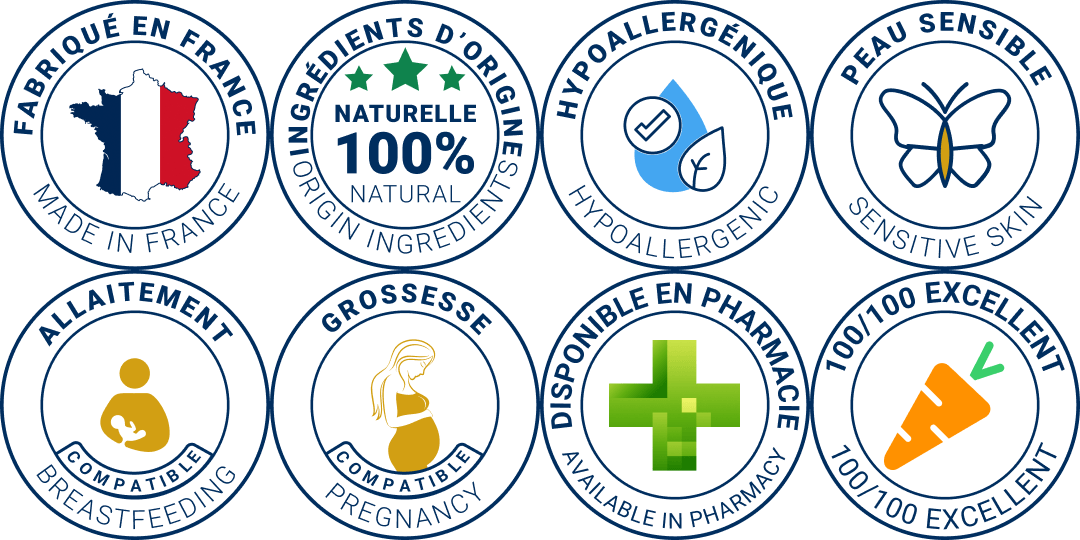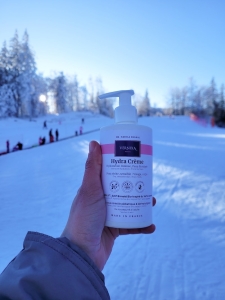Reading Time: mins
Seborrheic dermatitis is an inflammatory skin disease characterized by eruptions of red patches and white or yellowish scales, mainly on the scalp, face and areas rich in sebaceous glands. This dermatological condition affects not only the physical appearance but also the emotional well-being of sufferers. Despite its widespread presence in the population, understanding its exact causes and the search for effective treatments are still ongoing. However, it is widely recognized that managing certain factors can help control and reduce the severity of symptoms.
Our skin's sebaceous glands produce sebum, an oily substance designed to lubricate and protect the skin. However, excessive sebum production can encourage the proliferation of Malassezia yeast, a key factor in the development of seborrheic dermatitis. In addition, hormonal changes, particularly related to androgen levels, can stimulate increased sebum production, which explains why this condition is frequently observed during adolescence. Understanding the role of hormones and sebum production is fundamental to the treatment of this condition.
The increased presence of Malassezia yeast on the skin can trigger an inflammatory reaction, leading to the characteristic symptoms of seborrheic dermatitis. This illustrates the importance of an appropriate skincare routine aimed at balancing sebum production and reducing fungal proliferation. Gentle cleansing, the use of specific shampoos and the application of topical treatments can make a significant contribution to symptom management.
Malassezia yeast is part of the skin's normal microbial flora, but in some cases its excessive growth can lead to skin problems such as seborrheic dermatitis. This abnormal proliferation can be attributed to a variety of factors, including excessive sebum production, hormonal changes or an imbalance in the skin microbiome. It is therefore crucial to adopt measures aimed at reducing the amount of sebum available to Malasseziawhich can be achieved through the regular use of mild cleaning products and antifungal shampoos.
As well as managing sebum, it's also important to strengthen the skin barrier and promote a healthy balance in the skin's microbiome. Treatments enriched with natural ingredients, such as plant extracts and essential oils, can help soothe the skin and reduce inflammation. By adopting a holistic approach that includes diet modification, stress management and the careful use of skin care products, it is possible to improve skin condition and reduce the impact of seborrheic dermatitis.
Seborrheic dermatitis is not just a skin issue; it can be associated with many other health conditions, such as Parkinson's disease, HIV and certain mood disorders. This association suggests an underlying link with the immune system, implying that the management of seborrheic dermatitis may require a holistic approach that takes into account the individual's overall health.


All Rights Reserved | Tous Droits Réservés GTIN Compliance Hydra Lavant | GTIN Compliance Hydra Crème



